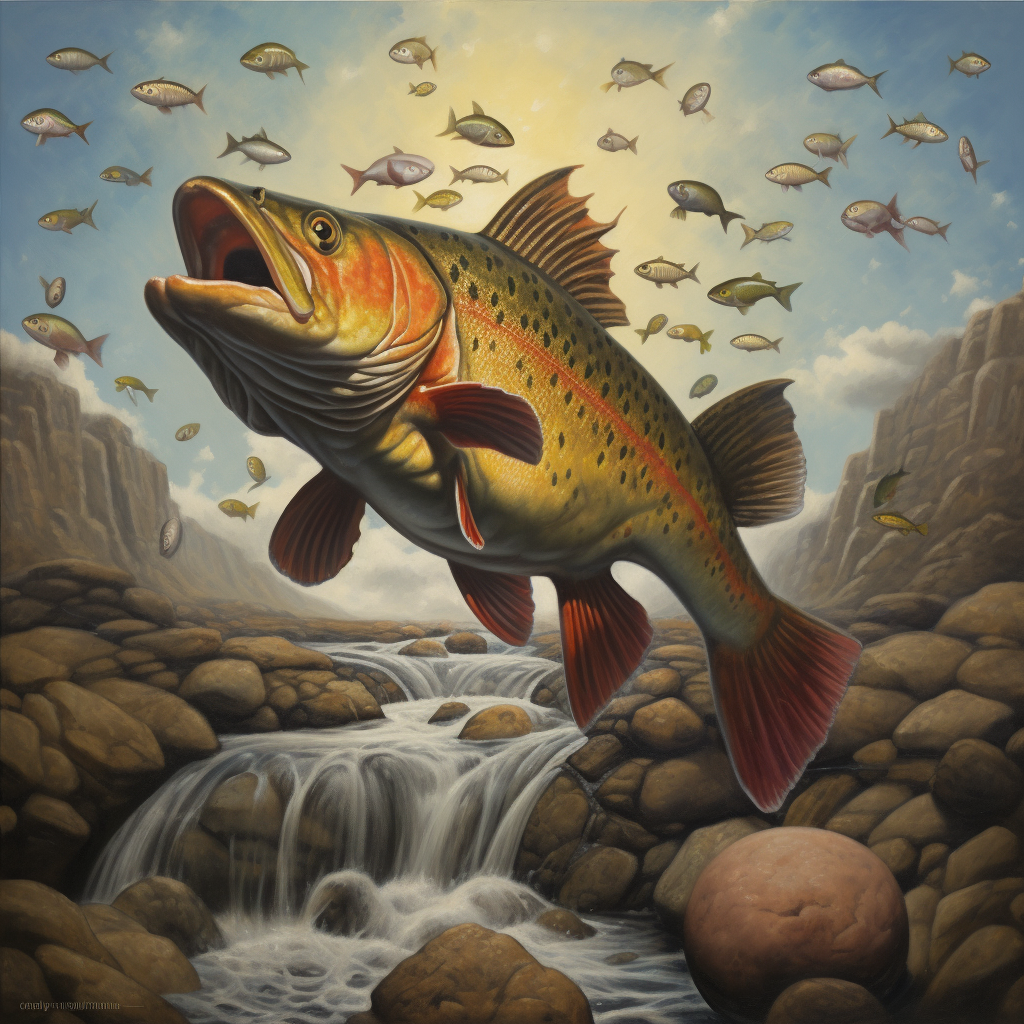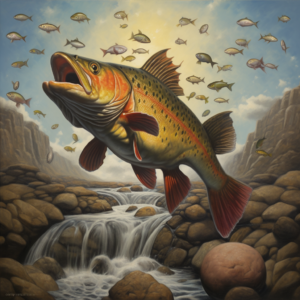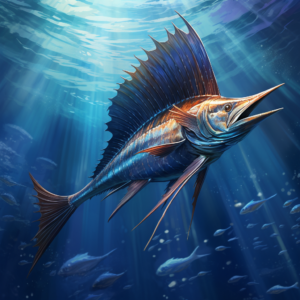Fly-fishing is a timeless angling method that merges skill, grace, and a deep connection with nature. Particularly popular in trout fishing, it offers a unique and rewarding experience for anglers. If you are a novice eager to venture into the world of fly-fishing, this guide is crafted just for you. We unravel the fundamentals of fly-fishing, providing a step-by-step guide to help you embark on your trout fishing journey. Let’s set the foundation for a successful fly-fishing adventure!
Understanding Fly-Fishing: A Brief Overview
Before we delve into the techniques, let’s understand what fly-fishing entails and why it holds a special place in the world of trout fishing.
1. The Art of Fly-Fishing
– Graceful Technique: Fly-fishing is known for its graceful casting techniques, where the line carries the fly to the target.
– Natural Presentation: The goal is to present the fly naturally, mimicking the insects that trout feed on.
2. The Fly-Fishing Gear
– Fly Rod and Reel: The fly rod and reel are specialized gear designed to handle the nuances of fly-fishing.
– Fly Line and Leader: The fly line and leader play a crucial role in delivering the fly accurately to the trout.
Fly-Fishing Techniques: A Beginner's Guide
As a beginner, mastering the following techniques will set you on the path to fly-fishing success:
1. Casting Techniques
– Roll Cast: Learn the roll cast, a basic casting technique that helps in tight spaces where a backcast is not possible.
– Overhead Cast: Master the overhead cast, a fundamental technique that forms the basis of fly casting.
2. Fly Selection
– Matching the Hatch: Understand the concept of “matching the hatch,” where you choose flies that resemble the natural insects in the water.
– Fly Types: Familiarize yourself with different fly types, including dry flies, wet flies, and nymphs, and learn when to use them.
3. Reading the Water
– Identifying Trout Holding Areas: Learn to identify areas where trout are likely to hold, such as riffles, pools, and undercut banks.
– Observing Insect Activity: Pay attention to insect activity on the water surface, which can indicate potential feeding areas for trout.
4. Knot Tying
– Essential Knots: Learn to tie essential fly-fishing knots, including the clinch knot and the surgeon’s knot, to secure your flies effectively.
– Practicing Knot Tying: Practice knot tying regularly to become proficient and handle your gear with confidence.
Enhancing Your Fly-Fishing Skills: Tips for Success
To further enhance your fly-fishing skills, here are some tips that can guide you to success:
1. Practice Casting
– Casting Practice: Dedicate time to practice casting, honing your skills to achieve accuracy and distance.
– Casting Lessons: Consider taking casting lessons from experienced instructors to fast-track your learning process.
2. On-the-Water Experience
– Gaining Experience: Gain on-the-water experience, which is invaluable in understanding the nuances of fly-fishing.
– Learning from Mistakes: Learn from your mistakes and continuously seek to improve your techniques and approaches.
Conclusion
Fly-fishing for trout is a journey of learning and discovery, where each outing offers a chance to connect with nature in a profound way. As you venture into this beautiful world of fly-fishing, may this guide serve as your trusted companion, helping you navigate the fundamentals with confidence and enthusiasm. Here’s to the beginning of a fulfilling fly-fishing adventure, where the rivers and streams become your classroom, and the trout, your revered teachers.




